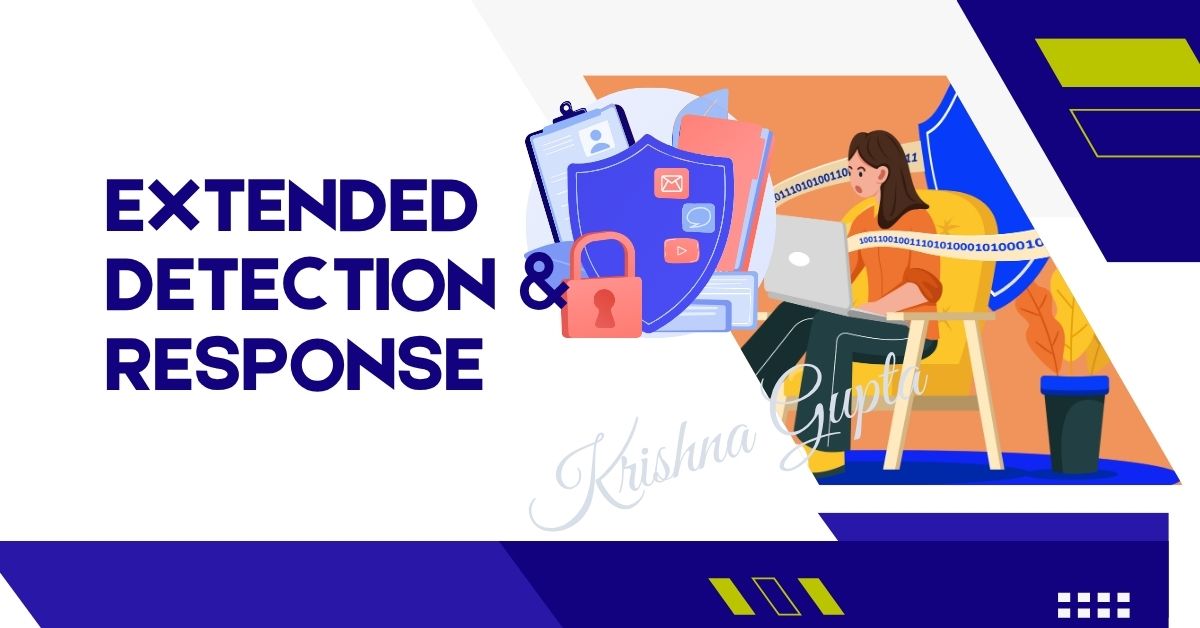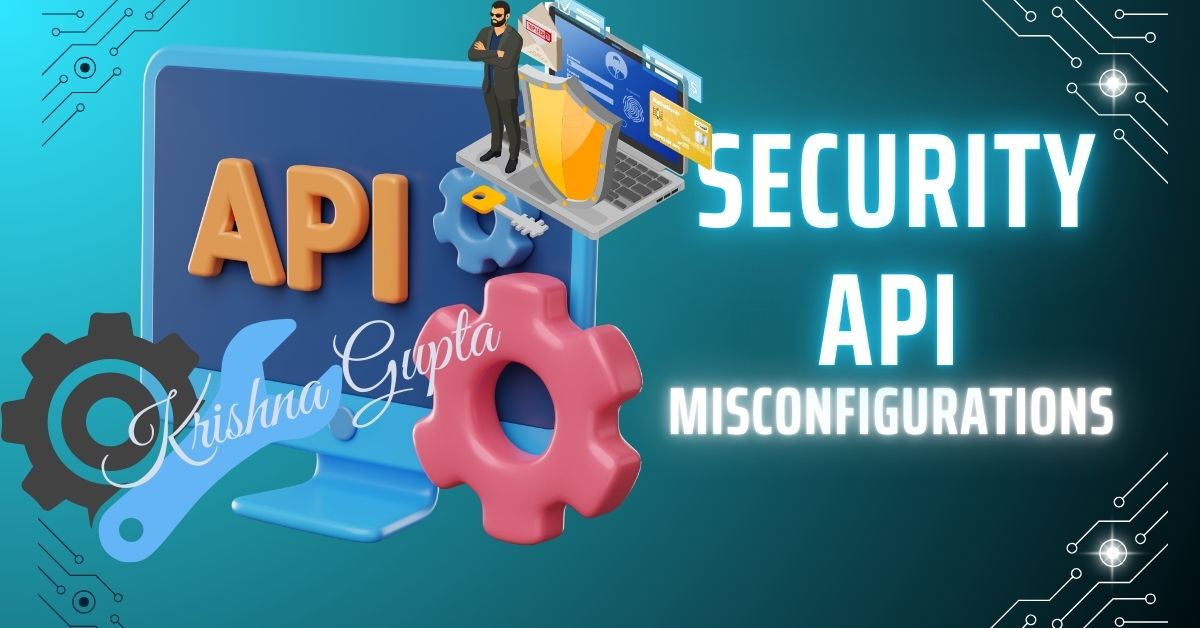🧠 Fortinet FortiAI: Intelligent Cyber Defence Powered by Virtual Security Analysts
FortiAI, developed by Fortinet, is a next-generation Agentic AI-powered cybersecurity platform designed to autonomously detect, investigate, and respond to threats across enterprise environments. It introduces the concept of a Virtual Security Analyst (VSA)—an embedded machine-learning engine that mimics human threat analysis, but operates at machine speed and scale.
FortiAI dramatically enhances the value of Vulnerability Assessment and Penetration Testing by providing live, intelligent threat interpretation and automated response orchestration.




